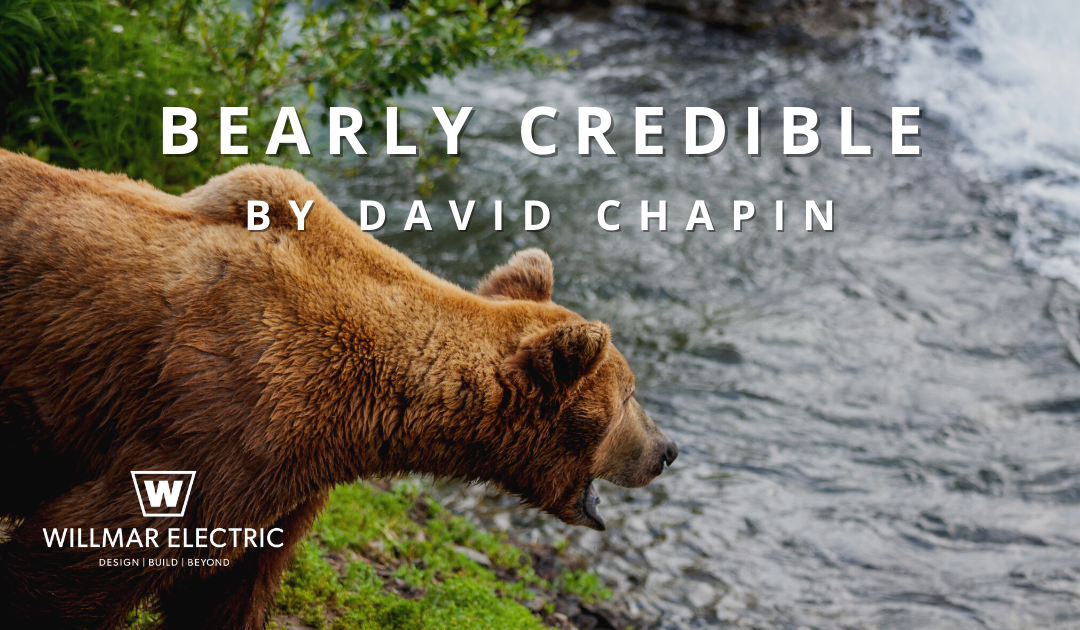Our family just went on a vacation to Alaska. (Well, 7 of the 8 of us did. The 4-month-old granddaughter stayed back with her other Grandma.) The trip could be summarized in two ways.
I think I will just sit here and wait. If you have been out to eat at a sit-down restaurant lately, you will understand what I mean.
Maybe you can charge me the same price but give me less service. If you have stayed overnight at a hotel, you will understand what I mean. You get to make your own bed and reuse the same towel every day. Two pleasures of home life the hospitality industry has made part of today’s travel experience. Clearly, I can live with this system, but they might consider cutting rates if they are cutting services. (Please don’t send any comments about supply and demand. I took economics in college and understand the price of an item is based on those factors, not just cost to produce).
The sightseeing was excellent. The weather was horrible. But the number one life lesson I learned was about credibility.
As anybody from Alaska will gladly tell you, their state is roughly 2 ½ times the size of Texas. So, if you want to see even a tiny fraction of Alaska, you need to book many tours. So, we did.
We went on a bear tour that included a ride in a floatplane to a remote bay in Lake Clark National Park. Once we landed, we were put on a pontoon to ride and see the bears. I thought it fitting after all the Griswold’s have done for the travel industry over the years, we have named a lake for the family’s patriarch.
Two train rides. One from Anchorage to Denali NP. (We didn’t see the mountain). Another one from Seward to Anchorage. We saw roughly 100 bald eagles on this leg of the journey.
Bus rides, a backcountry tour of Denali, and one from Denali to Seward.
A Segway tour of Anchorage.
A boat tour around Kenai Fjords NP. Saw over 23 whales.
Every tour has one thing in common. A tour guide, whose job it is to pass along exciting and at times helpful information.
This is where I got my lesson in credibility.
Webster’s dictionary says a tour guide is “a person who takes people on trips through an area and explains the interesting details about it. ”Often it is assumed the information they are explaining is fact-based.
But it is often not the case. Early in the trip, I told my family you know you had a good tour guide when two things are true. You have no idea who they voted for, and you don’t feel the need to fact-check them because what they are saying isn’t believable or is contrary to what you already thought was true.
**It is also excellent if you don’t fear your life or need a change of clothes at any point in the tour. **
Let me give you an example. Our tour guide in Lake Clark, NP, who told us he was a “bear guy” and not a “bird guy,” gave us several facts about bears that two days later, the tour guide in Delani NP gave us a completely different set of facts. Who should I believe? A person who put the front end of the pontoon roughly one foot under the surface of the lake, or a college professor who specialized in studying bears. Boat driving issues shouldn’t affect the believability of a person. But when the facts are different than what you thought going into the tour and later contradicted by an expert. Then you start to question everything you’re told, for example. The guide told us the lake was only 12 feet deep, but you noticed it was surrounded on all sides by cliffs that were 150-200 high. I could give you about ten more examples of Tommie the Bear Guy’s flaws, but I’m sure you get the point. Once you lose the trust of somebody, they are going to question everything about you.
We went on Tommie’s tour to see bears and the beautiful scenery of a remote lake in Alaska. We got what we came for and more. We also got a great story about nearly sinking our boat. But mostly, we got a lesson in credibility.
Webster’s dictionary tells us to be credible is “offering reasonable grounds for being believed.”

